In the original Apple vs Samsung patent trial, Apple made the Galaxy a star witness by presenting a "copy cat" document that detailed every difference with Apple's iPhone paired with advice on how to more closely copy it. For the second trial, Apple has dug up several more Copy Cat docs detailing the evolution of Samsung's "slavish copying," particularly evident with Slide to Unlock.
Just like Samsung's original recipe for copying Apple's work for its Galaxy S, the latest copy docs to surface in the trial reveal that Samsung didn't lack its own ideas; the company was just convinced that its own ideas weren't as good as Apple's, a finding echoed by its own market research and its competitive sales.The latest copy docs to surface in the trial reveal that Samsung didn't lack its own ideas; the company was just convinced that its own ideas weren't as good as Apple's.
When Steve Jobs demonstrated Slide to Unlock in 2007, the feature generated applause from the audience because it was a new concept, executed in an aesthetically pleasing and intuitive way, based on years of research and development.
Two and a half years later, Samsung was internally discussing what it could learn from the feature in its own products, and embarked upon an incremental copying program that stole the feature entirely over just a few months.
Samsung Design Europe proposed iPhone Slide to Unlock alternatives 2009
This week, Apple presented into evidence a document focused on ideas for making Samsung's mobile interface "more intuitive and emotional," dated June 2009 and credited to Malin Andersson, Dokshin Lim, Diana Ng, Sunny Yang, Jim Kosem, Mikael Matthey and Craig Allen of the Wireless UI team at Samsung Design Europe.
Across 60 slides, the presentation detailed users' perception of a variety of features, including Apple's patented iOS Slide to Unlock, which is one of the five patent claims Apple is arguing in the second trial.
Under the title "Applying Meaningful Creativity," Samsung's European design team contrasted Samsung's existing solution for unlocking a touch screen phone (tapping two screen targets in succession) with Apple's Slide to Unlock.
"Samsung's 'two-step protective unlock' is secure protection and works well (for slide and bar-type handsets) but does not invoke emotion," the report observed. "Samsung locked idle screen gives text information about how to unlock but not appealing."
In contrast, the team presented Apple's solution under the heading "creative ways of solving UI complexity," noting, "swiping unlock on the screen allows to prevent erroneous unlock even without using hard key and users find it fun to swipe (iPhone)."
Samsung's design team offered two alternative unlock mechanisms, one that required users to tap the screen, then drag a virtual dog ear to reveal the home screen, and the other that similarly involved an initial tap and then a dragging down of the screen from the top of the display.
However, Samsung didn't use one of these two unlock alternatives. Instead, it simply copied what Apple had come up with as part of a design process that the company documented for various models under development.
Samsung Amethyst copy doc, March 2010
While there are dozens of other comparisons to Apple's original iPhone features in Samsung's Copy Cat documents, the company's appropriation of Apple's original, differentiated Slide To Unlock feature is particularly easy to document, as Samsung detailed every step taken over just a few months to arrive at a solution identical to what Apple had created back in 2007.
Samsung's Software Engineering Group published a document in March 2010 titled "Amethyst, iPhone Usability Test Result," which outlined performance benchmarks and usability factors. Samsung assembled a market research panel of 40 people, most of them men in their 20s, over 67 percent of whom owned a Samsung phone at the time.
The document concluded that Samsung's own Amethyst phone "has weakness compare to iPhone in task success rate and satisfaction," noting "80 usability issues among 104 items" and the admission, "it is weak at aesthetic integrity, error tolerance, efficiency, simplicity."
First among the detailed issues was screen lock. Samsung detailed that its own slide to unlock feature, which was now virtually identical to Apple's as a single sliding target the user manipulated, still needed work to be more like the iPhone.
The document detailed Apple's consistency in locking the screen; visibility and intuitiveness in the unlocking process; and "aesthetic integrity" in smoothly animating the unlock slider, which Samsung contrasted to the "jolting movement" of its own Slide to Unlock copy.
Outside of Slide to Unlock, the 97 page document also detailed around 80 other factors where its Amethyst phone could look and behave more like Apple's iPhone.
Samsung Behold copy doc, May 2010
Two months later, Samsung created a parallel document for its T-Mobile Behold 3. It too outlined Samsung's screen lock as a key shortcoming.
"Unintentional unlock occurs because the sliding action works on any part of the screen," Samsung said of its own copy of Slide to Unlock, noting than on Apple's iPhone, "lock undone only when sliding action is applied to a specific button."
The recommended conclusion Samsung reached: "convert to an unlocking method that only works in a specific area."
A second page of the document contrasted the "intuitivity" of Apple's Slide to Unlock feature, which incorporated instructions on how to use it. Samsung listed as a direction of improvement, "display instructions on how to unlock the screen."
Samsung Victory copy doc, May 2010
Another parallel document created for Samsung's Victory model detailed the usability differences between that model and Apple's iPhone 3GS, including a 74 percent success rate in Victory screen unlocking (using a process Samsung was calling "Flick") among its test group, versus 100 percent who could figure out Apple's solution.
That document noted that on its own Victory model, "there is no standard as to what point Flick is needed to unlock. It can unlock with only a slight Flick."
In contrast, Samsung noted that with Apple's iPhone "unlocking standard is precise as it is handled through sliding, and it allows prevention of any wrong motion."
The solution Samsung saw: "same as iPhone, clarify the unlocking standard by sliding."
Samsung Kepler copy doc, May 2010
In May 2010, Samsung's Software Verification Group also produced a competitive document for Kepler. At this point, Samsung's slide to unlock was so similar to Apple's that the only thing left to copy was a horizontal arrow indicator showing the direction and length of touch required to unlock the device, which is what Samsung concluded it needed to add.
"Users cannot easily recognize the unlock method (hinders initial usability)" the document stated on an "intuitiveness - unlock" page, which recommended that Samsung lift the remaining features of Apple's Slide to Unlock.
A second page "efficiency - sweeping unlock," observed that Samsung's Kepler was "hard to unlock because the touch length for unlock is long," and "users complain of inconvenience as the length of motion seems long even for the hand sizes of Americans."
Neonode no defense of Samsung's slavish copying
Apple's Slide to Unlock patent has been deemed as invalid in Europe, where a panel of judges decided that, as "a swiping gesture for the purpose of unlocking a device" it "fails to meet the technicity requirement under European patent law. Software 'as such' is not patentable in Europe unless it solves a technical problem with technical means," explained Florian Mueller of FOSS Patents.
However, American law lacks such a "technicity" requirement. Additionally, a Windows Mobile phone from Sweden known as the "Neonode N1m," which was cited a prior art in Europe, "may not be eligible as prior art under U.S. law."
That device, released in 2005 just months before Apple filed its patent, presented an instruction to "right sweep to unlock," but as Mueller noted, there was "only one difference remaining: Apple's slide-to-unlock patent also claims an unlock image that moves along with the finger as the sliding gesture is performed."
That "only one difference" was important enough for Samsung to issue report after report detailing how to improve the intuitive performance of its devices, increase user satisfaction and end up with products that increasingly looked and worked virtually identical to Apple's iPhone by simply stealing Apple's work.
Samsung didn't like its own ideas or prior art. It liked Apple's
Samsung rejected its own unlock ideas created internally. It repeatedly examined Apple's products in the lab and in front of test groups made up mostly of Samsung users, ending up with recommendations that over and over suggested that Samsung get rid of its own ideas and just take Apple's.
Samsung also copied the Neonode, but it found that system inferior along with its own internal ideas, and instead incrementally copied Apple until its copy was so close that the market and the media could begin to say that there was no real difference between Apple's original product and Android products Samsung designed to look and work as closely as possible to the iPhone.It would be hard to imagine a more clear cut case of intentional theft of another company's patented technology
In addition to Slide to Unlock. Apple has four other patents it is presenting in the second trial, culled from the dozens of patented concepts Samsung took for its own use and then refused to license from Apple, even as it demanded billions in royalties of its own patented technologies.
Just looking at this first of five patents, it would be hard to imagine a more clear cut case of intentional theft of another company's patented technology. If the courts refused to protect patents in the realm of software user interfaces, the usability innovation being led by Apple will die just as it did among PCs during the 1990s, or among smartphones in the first half of the 2000s, as hardware got incrementally faster but devices remained unpopular because they were complicated, difficult to use and annoying to figure out.
That's where Samsung's entire smartphone portfolio sat three years after Apple released the iPhone, right up until Samsung began documenting its efforts to copy Apple and use its patented ideas as a shortcut to developing its own, original products that could sell on the same shelf as Apple's.
 Daniel Eran Dilger
Daniel Eran Dilger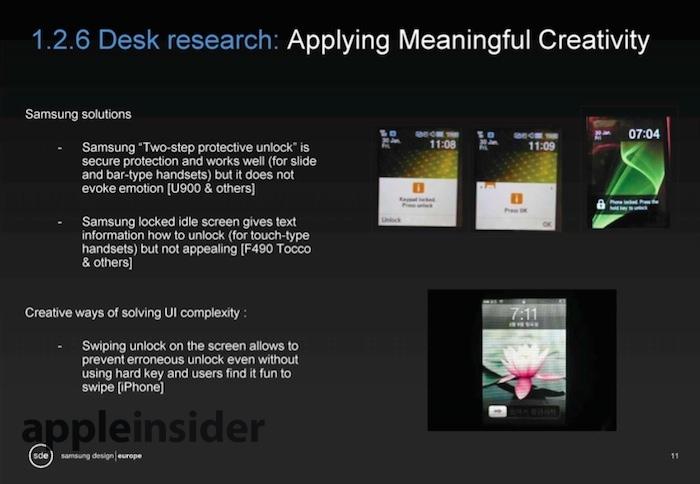
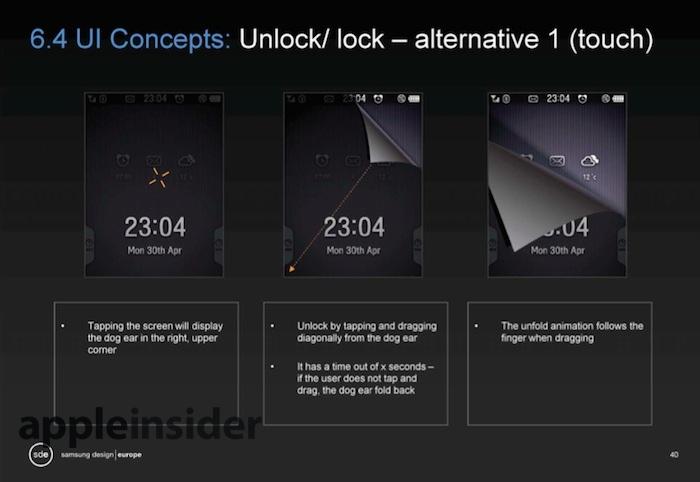
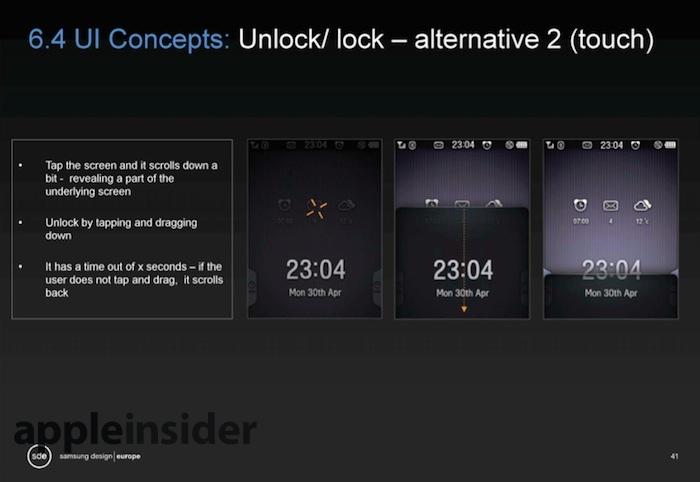
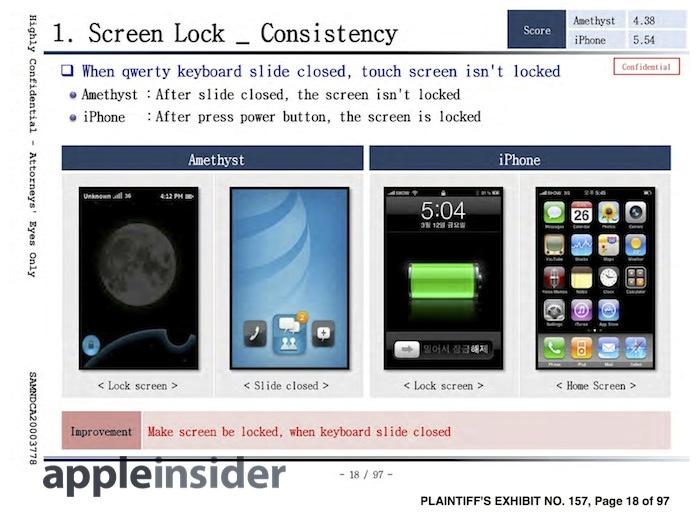
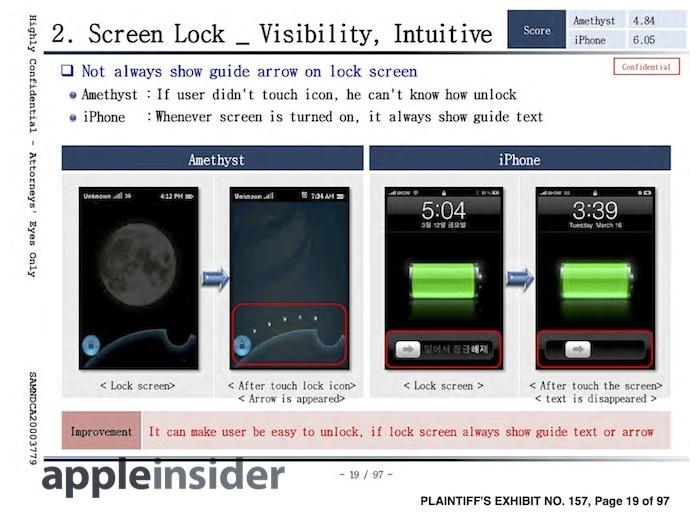
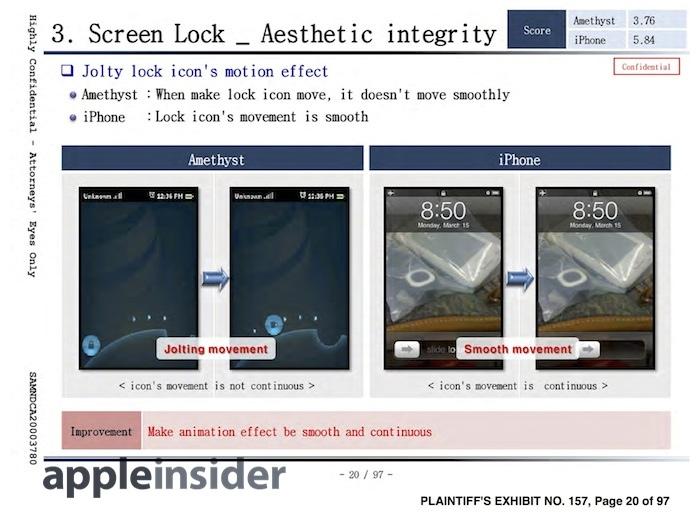
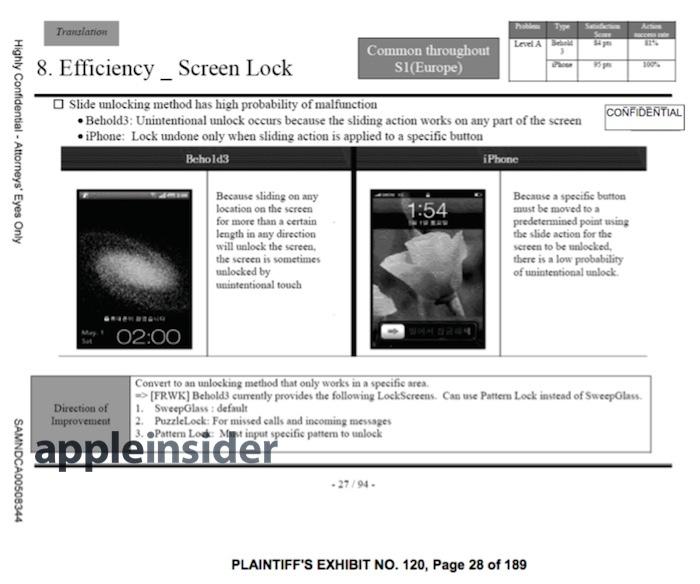
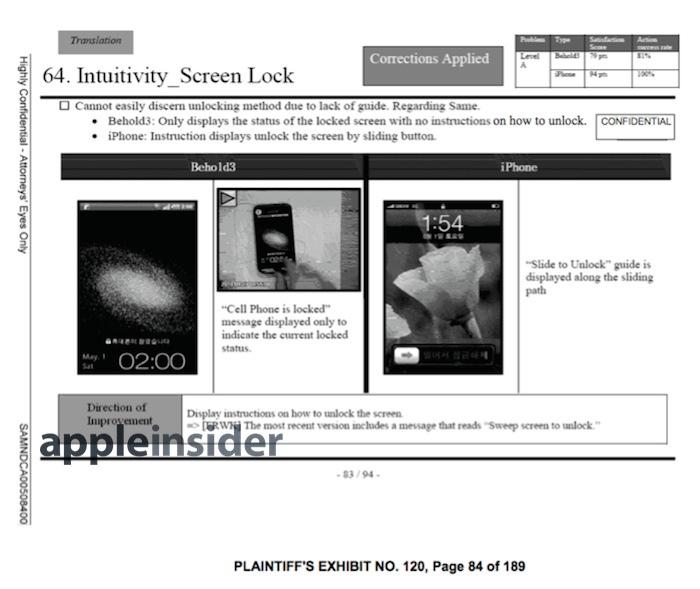

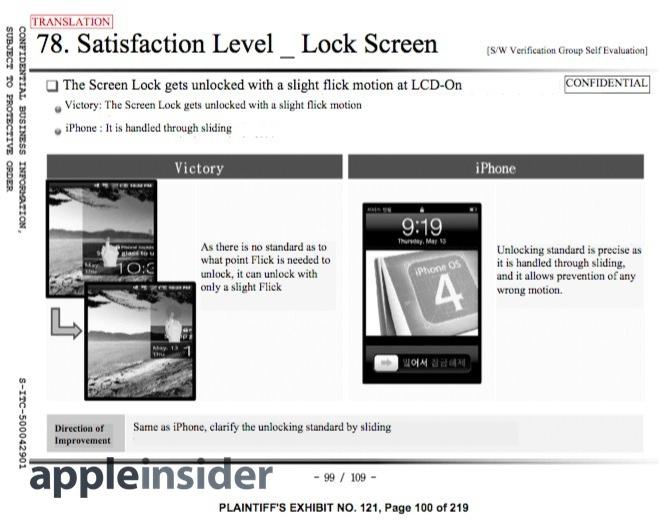
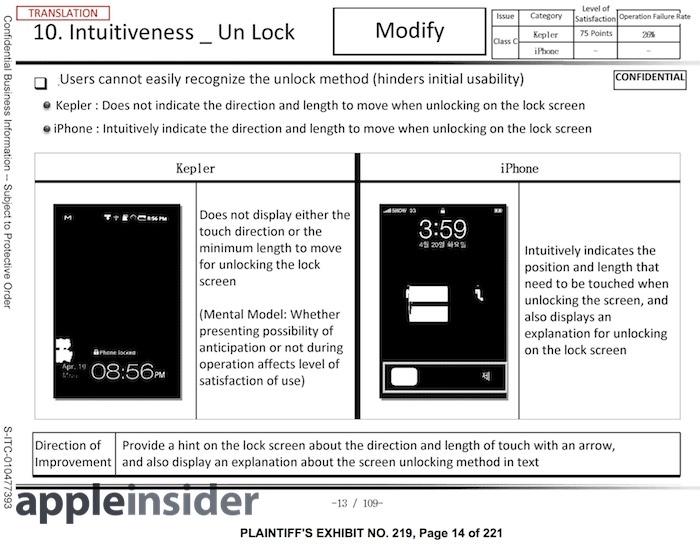
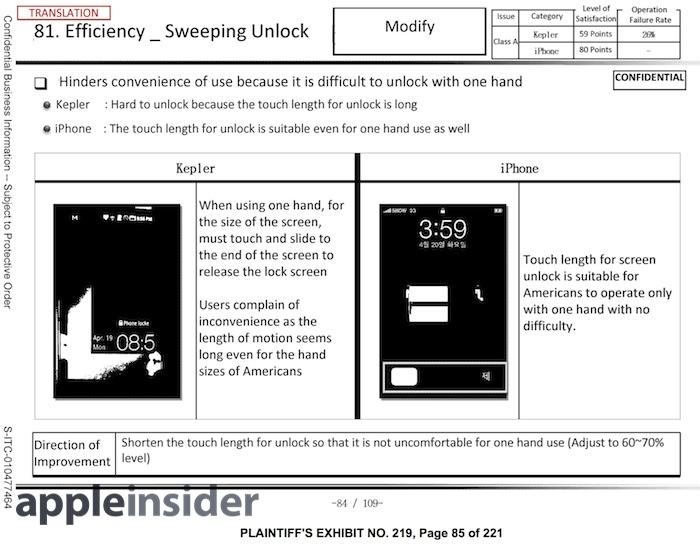
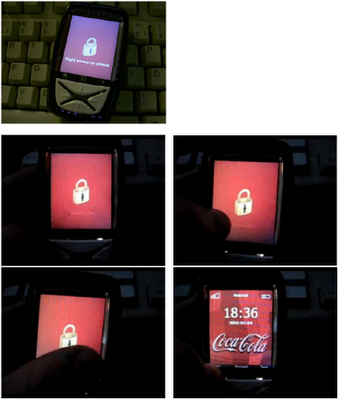







-m.jpg)






 Marko Zivkovic
Marko Zivkovic
 Christine McKee
Christine McKee
 Andrew Orr
Andrew Orr
 Andrew O'Hara
Andrew O'Hara
 William Gallagher
William Gallagher

 Mike Wuerthele
Mike Wuerthele
 Bon Adamson
Bon Adamson


-m.jpg)



234 Comments
Daniel, you’re preaching to the choir here. We know Samsung copied the iPhone and iOS. We know Google dropped its phone designs the day the iPhone was released. You won’t convince the iHaters and AI resident trolls. They have an explanation for everything. The only thing that matters is convincing the jury. And even with a conviction it will be years or maybe never that Apple collects a dime from Samsung. I wish Apple would just get to the point and go after Google itself. But with Samsung hedging its bets with Tizen, Amazon forking Android to unrecognizable dimensions, and Microsoft gunning for Android too, I’m wondering if Apple really needs to do anything. If I were an Android fanatic sycophant I’d be worried what the future holds.
Are the black and white scanned docs Samsung ones?
What Samsung doesn't realize is that anyone, including non-tech people, knows that Samsung's Galaxy phone is just a "cheaper" copy of the iPhone (well, a bad, cheap looking and awful user experience phone kind of copy). Cell phones became something essential to everyone (do you know anyone who does not have one?), we carry it every where and many things we do everyday depends on having one. With that said, it's no surprise that we want to have the BEST one and NOT a desperate, sad copy. Sure that formula of having a iPhone wanna-be cheap copy works on third world markets. But that's a short term success - little by little the BEST phone always erode into all markets, including in these third world countries. But here, one needs to stop and ask oneself: "Do I want a second-class copy of the iPhone or the real thing ? Just like Microsoft, Samsung will little by little be pushed away from consumer markets. And just like Microsoft, they should focus on what they originally were good at and give up on the phone market already, Or start making a REALLY good, ORIGINAL and useful phone. Software gimmicks, like that stupid "wave-to-answer" a call does not count.
Daniel, you’re preaching to the choir here. We know Samsung copied the iPhone and iOS. We know Google dropped its phone designs the day the iPhone was released. ...
Daniel is educating people with cold hard facts, not throwing out rumors like other sites. I know the choir knows everything but I've never seen these documents, which prove to me Samsung copied a ton of the iPhone and whether the courts feel software should be patented or not, they still blatantly copied Apple. Something needs to be done and if the courts aren't willing to stand up for any kind of original designs then we might as well get rid of the entire judicial system because they aren't doing the job our constitution created them to perform.
Gee, didn't I just list basically the same things the other day in response to someone mentioning the Neonode? I'll say it straight up: if you think the Neonode version of slide to lock in any way resembled Apples version, or that Apples version isn't clearly and obviously superior, than you're an idiot.